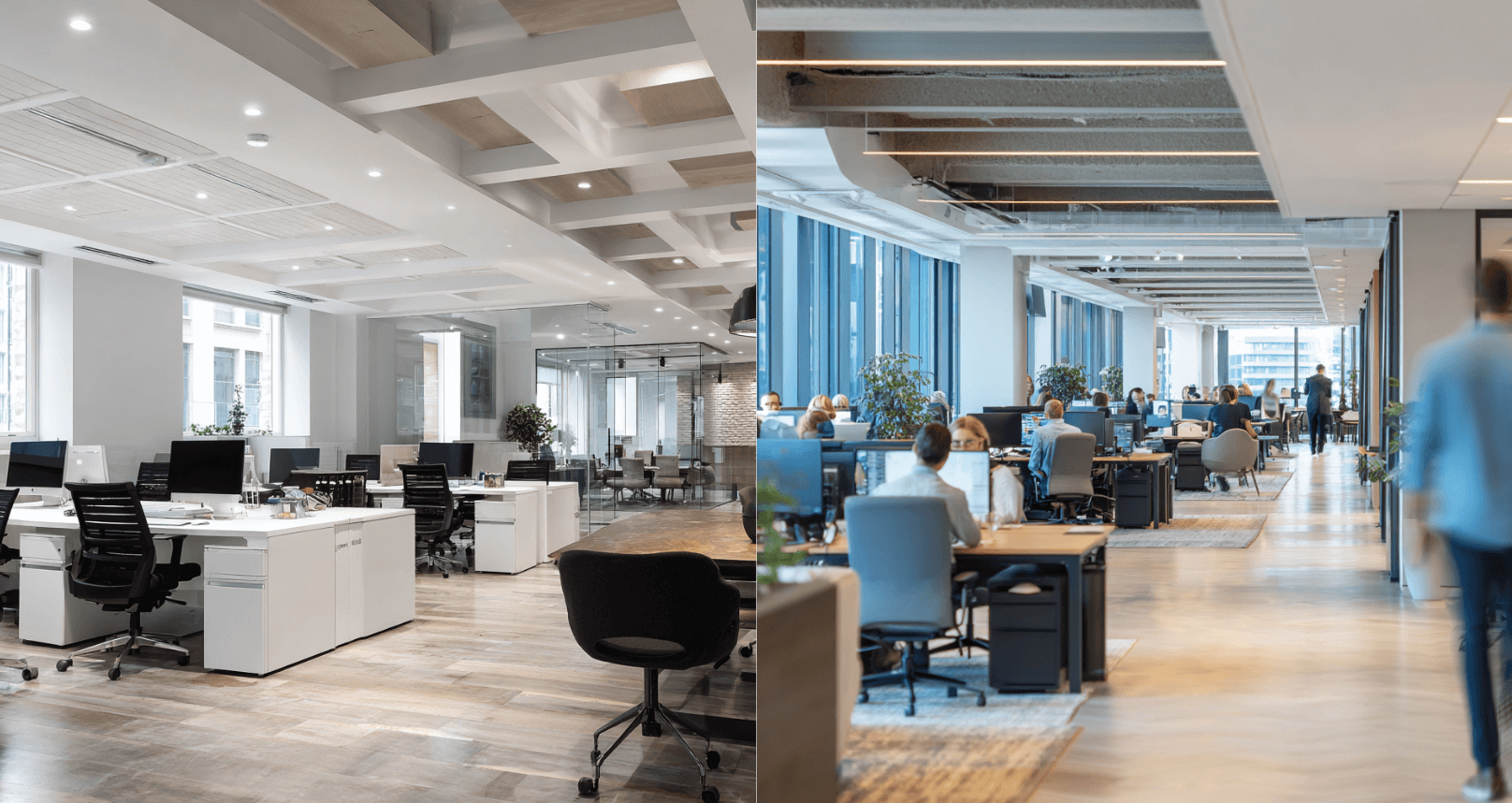3 proven strategies to boost office occupancy and employee satisfaction
Companies today aim not just to fill their offices but to make them places where employees do their best work.

Companies today aim not just to fill their offices but to make them places where employees do their best work. Density helps top-tier companies achieve this goal.
Here are three proven methods to increase occupancy and improve workplace experience.
1. Increase managerial presence in the office
Utilization data from Density and qualitative research among workplace leaders shows that occupancy can increase by a significant percentage when managers are present in the office.
This isn’t merely about compliance. Many employees value a workplace where they can directly interact with leadership. This is particularly true of younger employees who benefit from in-person mentorship and professional development. A survey of 3,000+ job seekers showed that 57% of Gen Z’ers want in-person jobs — compared to 37% for Baby Boomers.
2. Create more space for focus work
Many employees are still finding the balance between in-office and at-home for focus work. The misuse of large meeting rooms by one to two people is a common problem. Our data reveals that even when smaller spaces like phone booths are available, employees still prefer larger rooms.
One Fortune 500 company, for example, is seeing its meeting rooms across two buildings being used by two or fewer people more than 75% of the time.
That might make sense when the office isn’t busy — if no one’s using the space, why not grab it? But our data shows this behavior persists even when more people are in the office, putting an undue burden on meeting rooms.
Meta’s soundproofing cubicle and Ford’s configurable furniture are examples of innovative solutions that give employees the ‘solo’ space they crave, without monopolizing larger rooms.
"The last thing we want is for people to camp in meeting rooms alone," said Gabor Nagy, a global workplace design researcher at Meta. "The Cube is solid for that need to do meaningful, focused work."
3. Energize the workplace
Low occupancy rates can make an office feel empty and demotivating. With office utilization rates hovering around 20-25%, it can be a challenge making the office feel energizing.
One Fortune 500 company used Density’s insights to 'hibernate' two underutilized floors, increasing energy and collaboration on the remaining three floors.
Bonus: our customer is now saving money and carbon previously spent heating, cooling and cleaning floors that weren’t being used.
Beyond the blueprint
Creating a desirable office environment is as much about physical elements like space design as it is about the intangibles: culture, leadership styles and how teams are able to interact. Workplace leaders must continually keep a finger on the pulse of their workforce to make the office a place that truly matters — to everyone.
Key Takeaways

DisruptCRE founder shares how corporate real estate is changing
Companies are moving employees from underutilized offices into "space as a service” options with utilization data.
Watch now
Half of offices are empty but you still can’t find a meeting room
Employees waste up to 30 minutes a day looking for a meeting room to meet in workplaces.
Read moreMost recent

Space waste: The industry’s naughty and nice list
Our sensors spilled the beans: What industry is winning, who's wasting and who's hogging your office real estate.
.png)
Improve your occupancy sensor RFP with our best practice guide
Discover essential questions to simplify your occupancy sensor RFP process and confidently choose the right vendor.

Does RTO actually work? A webinar debate with the data
Density’s RTO data sparks debate between a pro-office CEO and a remote-friendly workplace strategist.

A workplace love story: Phone booth meets sensor
Phone booths are booming—and occupancy sensors help companies manage and measure them with ease.
Explore other Density Products
Atlas for Workplace
Insights for the workplace that help you cut costs and deliver better spaces.
Learn more